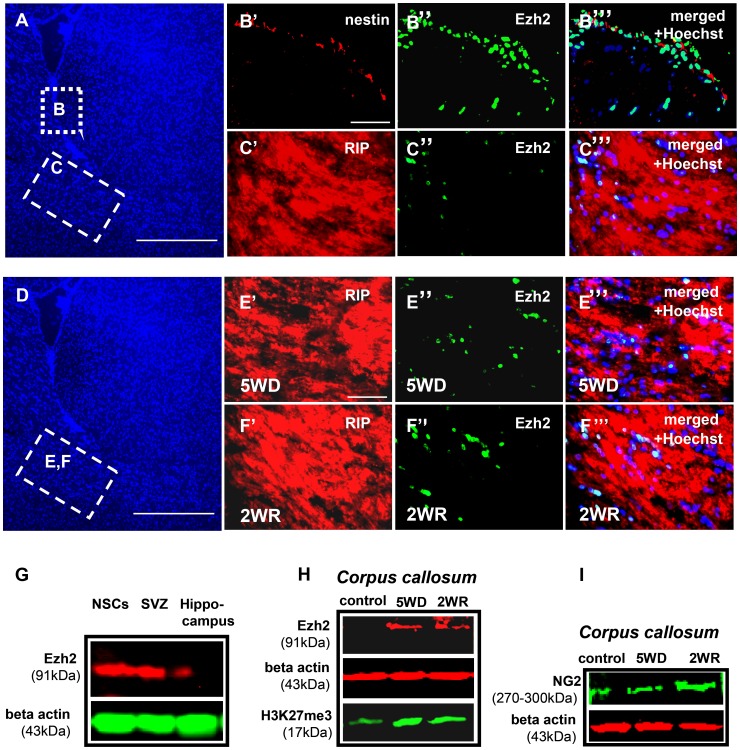Figure 7. NSCs and pOLs express Ezh2 in mouse brain.
(A) Hoechst (nuclear) stained section of mouse brain with rectangles indicating the subventricular zone (B) and the corpus callosum (C). (B–B”) Immunohistochemistry of mouse brain sections containing the subventricular zone (SVZ). (B’) = anti-nestin, (B”) = anti-Ezh2, (B”’) overlay of (B’) and (B”) and Hoechst nuclear staining (blue). (C–C”’) Immunohistochemistry of mouse brain sections containing the corpus callosum. (C’) = anti-RIP (RIP = oligodendrocyte marker), (C”) = anti Ezh2, (C”’) overlay of (C’) and (C”) and Hoechst nuclear staining. (E–H) OPCs in corpus callosum express Ezh2 during demyelination and remyelination in cuprizone fed mice. (D) Hoechst (nuclear) stained section of mouse brain with corpus callosum indicated (E, F). (E–E”’) Immunohistochemistry on corpus callosum sections of five weeks cuprizone fed mice (five weeks of demyelination = 5WD) (E’) = anti-RIP, (E”) = anti-Ezh2, (E”’) = overlay of (E’ and E”) and Hoechst nuclear staining (blue). (F–F”’) Immunohistochemistry on corpus callosum section of brain of mouse kept for five weeks on cuprizone diet followed by two weeks on normal diet (two weeks remyelination = 2WR), (F’) = anti-RIP, (F”) anti-Ezh2, (F”’) = overlay of (F’) and (F”) and nuclear staining. (G) Western blot showing the expression of Ezh2 protein (91 kDa band) in vivo, in the tissue lysates prepared from SVZ and hippocampus of adult mouse brain, and in in vitro cultured mouse adult NSCs. (H) Western blot showing the loading control (beta-actin), Ezh2 and H3K27me3 protein bands in lysates from corpus callosum of control, 5WD and 2WR mouse brains. In the corpus callosum of control mouse brain, the Ezh2 band was below the detection level. (I) Western blot on the same lysates used in (H) but immunoblotted with an antibody against NG2 (an early oligodendrocyte marker). (Calibration bars in (A) and (D) represent 250 micrometers; calibration bars in (B’) and (E’) represent 100 micrometers and are valid for (B’–C”’) and (E’–F”’)).

